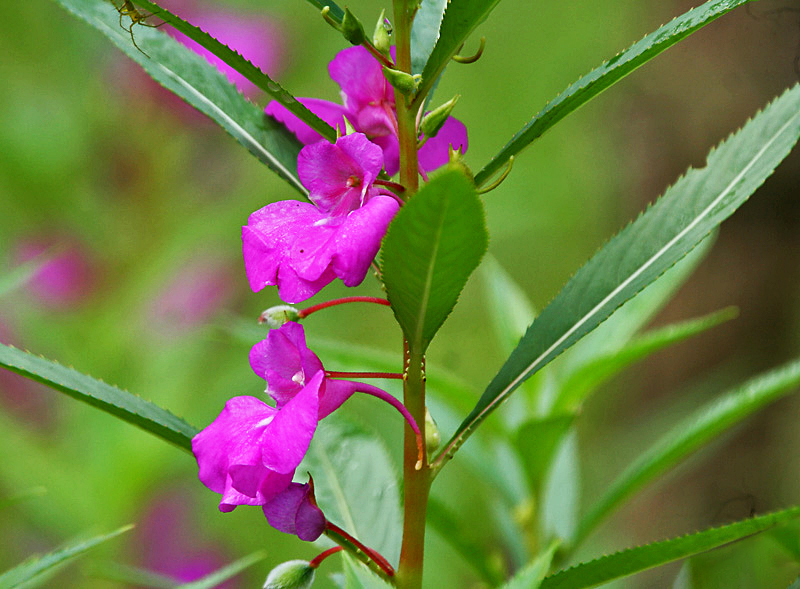|
Tamaricales
The Tamaricales are an obsolete order of dicotyledons. This order has been abandoned by the most recent systems, and the three families in the order have been distributed to other orders: * family Tamaricaceae, now in the Caryophyllales; * family Frankeniaceae, now in the Caryophyllales; * family Fouquieriaceae, now in the Ericales The Ericales are a large and diverse order of flowering plants in the asterid group of the eudicots. Well-known and economically important members of this order include tea and ornamental camellias, persimmon, ebony, blueberry, cranberry, l .... References Historically recognized angiosperm orders {{angiosperm-stub ... [...More Info...] [...Related Items...] OR: [Wikipedia] [Google] [Baidu] |
Dicotyledon
The dicotyledons, also known as dicots (or, more rarely, dicotyls), are one of the two groups into which all the flowering plants (angiosperms) were formerly divided. The name refers to one of the typical characteristics of the group: namely, that the seed has two embryonic leaves or cotyledons. There are around 200,000 species within this group. The other group of flowering plants were called monocotyledons (or monocots), typically each having one cotyledon. Historically, these two groups formed the two divisions of the flowering plants. Largely from the 1990s onwards, molecular phylogenetic research confirmed what had already been suspected: that dicotyledons are not a group made up of all the descendants of a common ancestor (i.e., they are not a monophyletic group). Rather, a number of lineages, such as the magnoliids and groups now collectively known as the basal angiosperms, diverged earlier than the monocots did; in other words, monocots evolved from within the ... [...More Info...] [...Related Items...] OR: [Wikipedia] [Google] [Baidu] |
Tamaricaceae
The Tamaricaceae, the tamarisk family, are a family of plants native to drier areas of Europe, Asia, and Africa. It contains four genera: ''Tamarix'' (with 73 species), '' Reaumuria'' (25 species), '' Myricaria'' (13 species), and '' Myrtama'' (a single species). In the 1980s, the family was classified in the Violales under the Cronquist system; more modern classifications (Angiosperm Phylogeny Group) place them in the Caryophyllales Caryophyllales ( ) is a diverse and heterogeneous order of flowering plants with well-known members including cacti, carnations, beets, quinoa, spinach, amaranths, pigfaces and ice plants, oraches and saltbushes, goosefoots, sundews, Venu .... Many of the plants in the family grow on saline soils, tolerating up to 15,000 ppm soluble salt and can also tolerate alkaline conditions. The leaves are generally scale-like, measure 1–5 mm long, overlap each other along the stem, and in some species are encrusted with salt secretions. Refe ... [...More Info...] [...Related Items...] OR: [Wikipedia] [Google] [Baidu] |
Caryophyllales
Caryophyllales ( ) is a diverse and heterogeneous order of flowering plants with well-known members including cacti, carnations, beets, quinoa, spinach, amaranths, pigfaces and ice plants, oraches and saltbushes, goosefoots, sundews, Venus flytraps, monkey cup pitcher plants, Malabar spinach, bougainvilleas, four o'clock flowers, buckwheat, knotweeds, rhubarb, sorrel, portulacas, jojoba, and tamarisks. Many members are succulent, having fleshy stems or leaves. The betalain pigments are unique in plants of this order and occur in all its core families with the exception of Caryophyllaceae and Molluginaceae. Noncore families, such as Nepenthaceae, instead produce anthocyanins. In its modern definition, the order encompasses a whole new group of families (formerly included in the order Polygonales) that never synthesize betalains, among which several families are carnivorous (like Nepenthaceae and Droseraceae). According to molecular clock calculations, the line ... [...More Info...] [...Related Items...] OR: [Wikipedia] [Google] [Baidu] |
Frankeniaceae
''Frankenia'' (sea heath) is the only genus in the Frankeniaceae family of flowering plants. Other genera have been recognized within the family, such as ''Anthobryum'', ''Hypericopsis'' and ''Niederleinia'', but molecular phylogenetic studies have consistently shown that they all belong inside ''Frankenia''. ''Frankenia'' comprises about 70–80 species of shrubs, subshrubs and herbaceous plants, adapted to saline and dry environments throughout temperate and subtropical regions. A few species are in cultivation as ornamental plants. Description ''Frankenia'' species are salt tolerant (halophytic) or drought tolerant (xerophytic) shrubs, subshrubs or herbaceous plants. They have opposite, simple leaves, generally small and somewhat heather-like, and often with salt-excreting glands in sunken pits. Their flowers are small, either solitary or borne in various kinds of cyme. Each flower has four to seven sepals, joined at the base into a tube, and four to seven overlapping petals ... [...More Info...] [...Related Items...] OR: [Wikipedia] [Google] [Baidu] |
Fouquieriaceae
''Fouquieria'' is a genus of 11 species of desert flowering plants, the sole genus in the family Fouquieriaceae. The genus is native to North America and includes the ocotillo ('' F. splendens'') and the Boojum tree or cirio ('' F. columnaris''). They have semi succulent stems with thinner spikes projecting from them, with leaves on the bases spikes. They are unrelated to cacti and do not look much like them; their stems are proportionately thinner than cactus stems and their leaves are larger. Taxonomy Taxonomic history ''Fouquieria'' species do not have a particularly close resemblance to any other sort of plants; genetic evidence has shown they belong in the Ericales. Before this, they had been variously placed in the Violales or their own order, Fouquieriales. The Seri people identify three species of ''Fouquieria'' in their area of Mexico: ''jomjéeziz'' or ''xomjéeziz'' ('' F. splendens''), ''jomjéeziz caacöl'' ('' F. diguetii'', Baja California tree ocotillo), and ... [...More Info...] [...Related Items...] OR: [Wikipedia] [Google] [Baidu] |
Ericales
The Ericales are a large and diverse order of flowering plants in the asterid group of the eudicots. Well-known and economically important members of this order include tea and ornamental camellias, persimmon, ebony, blueberry, cranberry, lingonberry, huckleberry, kiwifruit, Brazil nut, argan, sapote, azaleas and rhododendrons, heather, heath, impatiens, phlox, Jacob's ladder, primroses, cyclamens, shea, sapodilla, pouterias, and trumpet pitchers. The order includes 22 families, according to the APG IV system of classification. The Ericales include trees, bushes, lianas, and herbaceous plants. Together with ordinary autophytic plants, they include chlorophyll-deficient mycoheterotrophic plants (e.g., '' Sarcodes sanguinea'') and carnivorous plants (e.g., genus '' Sarracenia''). Mycorrhizal associations are quite common among the order representatives, and three kinds of mycorrhiza are found exclusively among Ericales (namely, ericoid, arbutoid and monotro ... [...More Info...] [...Related Items...] OR: [Wikipedia] [Google] [Baidu] |


